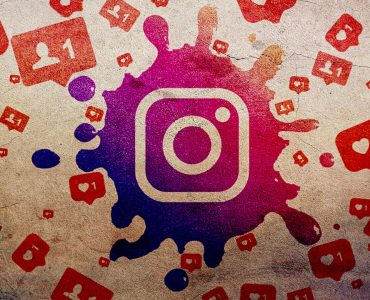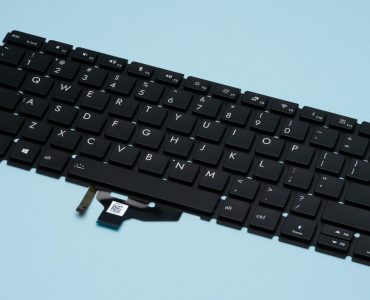In the ever-evolving landscape of technology, the fusion of artificial intelligence and creativity has given birth to a new form of digital alchemy—transforming raw data into mesmerizing works of art. This innovative process, known as AI image creation, is reshaping how we perceive both data and artistry. By leveraging complex algorithms and neural networks, artists and technologists are collaborating to unlock new realms of visual expression.
At its core, AI image creation involves feeding vast amounts of data into machine learning models that can interpret this information in visually compelling ways. These models are trained on extensive datasets containing various images, allowing them to learn patterns, styles, and techniques that they can later apply autonomously. The result is a unique blend of human creativity augmented by machine precision—a partnership where intuition meets computation.
One fascinating aspect of this digital transformation is its ability to democratize art creation. Traditional barriers such as technical skill or access to expensive materials are minimized when AI tools become readily available. Aspiring artists without formal training can now experiment with these technologies to produce stunning visuals that might have been out of reach otherwise. This accessibility not only broadens the horizons for individual creators but also enriches the cultural tapestry with diverse artistic expressions from around the globe.
Moreover, AI-generated art challenges conventional notions about authorship and originality in artwork. When an algorithm contributes significantly to the creative process, questions arise regarding who—or what—should be credited as the artist. While some purists may argue that true artistry requires a human touch, others embrace this evolution as an opportunity to explore novel forms of collaboration between man and machine.
The applications for Image generation AI creation extend beyond traditional art spaces into industries like advertising, fashion design, video game development, and more. Companies harness these technologies for generating marketing visuals tailored precisely to target demographics or crafting immersive environments within virtual worlds—all while maintaining efficiency at scale.
Despite its promising potentialities though; ethical considerations must also be addressed alongside technological advancements in this field: including issues related privacy concerns when using personal data sets during model training phases plus ensuring fair compensation practices toward original content creators whose works serve foundational bases upon which many current systems build their capabilities today!
As we stand on brink another artistic revolution powered by artificial intelligence—it becomes clear how integral role plays shaping future aesthetics across multiple domains simultaneously enhancing our collective understanding beauty itself through lenses never imagined before! Thus continuing push boundaries what possible redefine limits imagination once thought insurmountable ultimately inspiring generations come appreciate nuances inherent within intersectionality science creativity alike!




